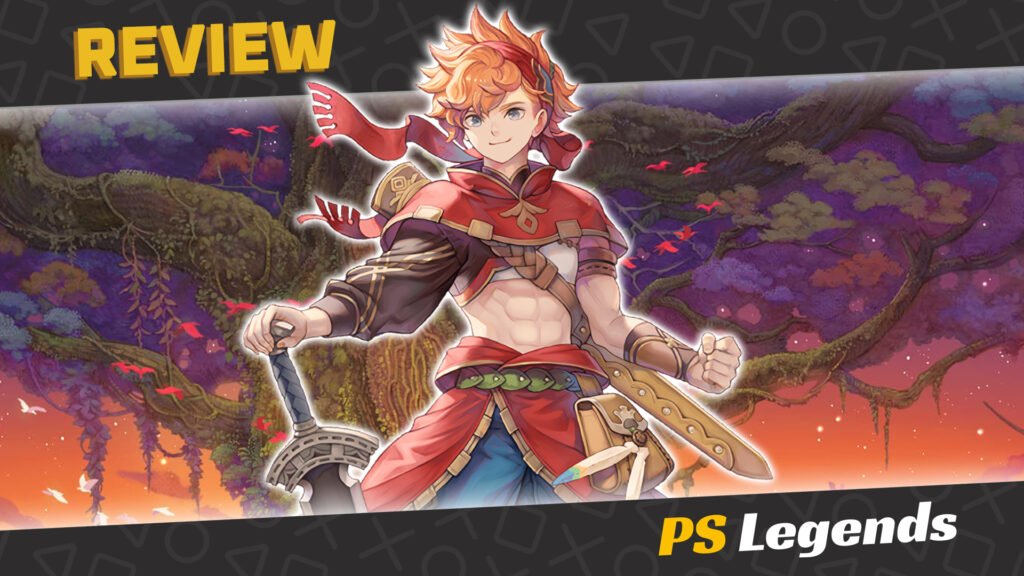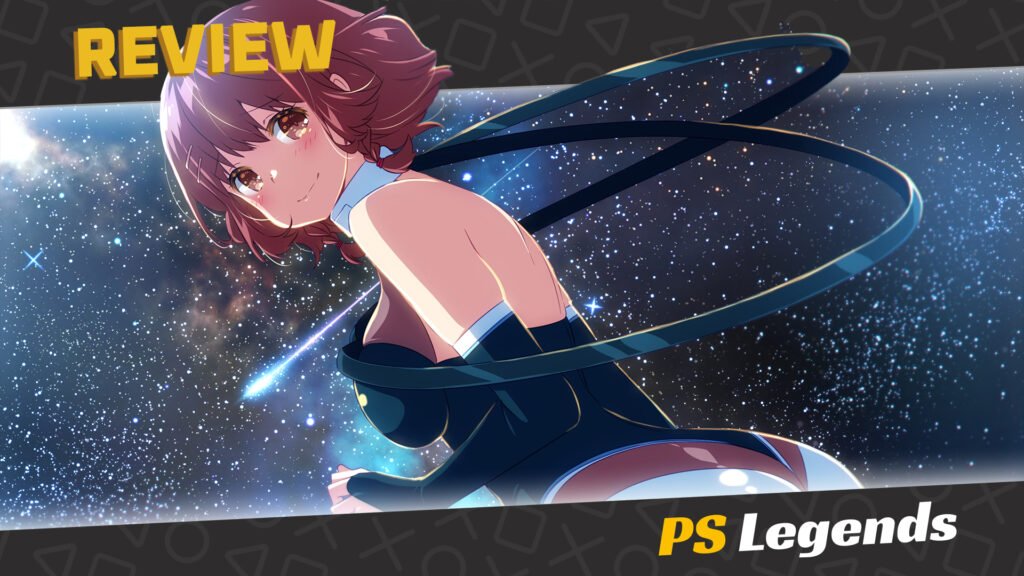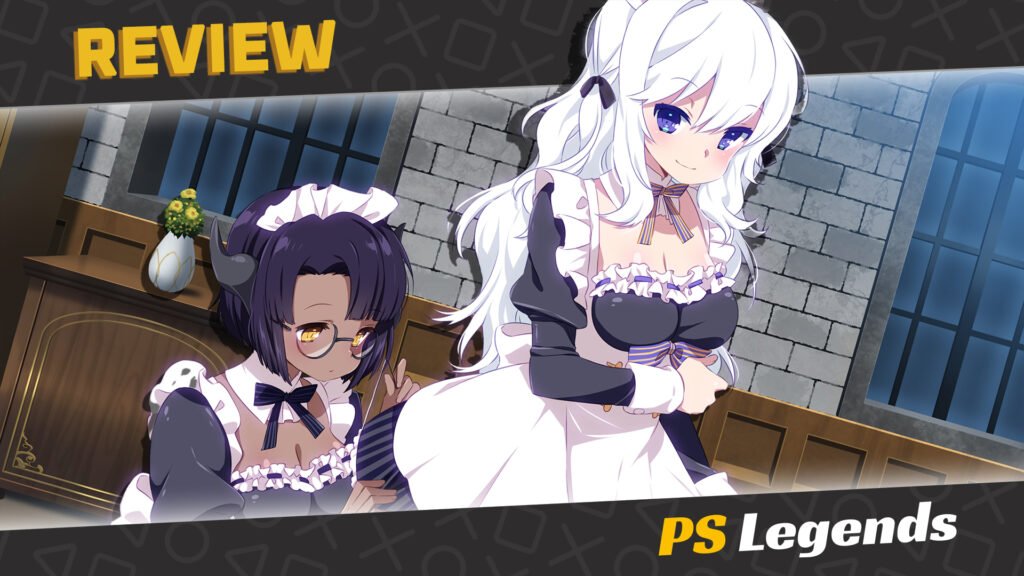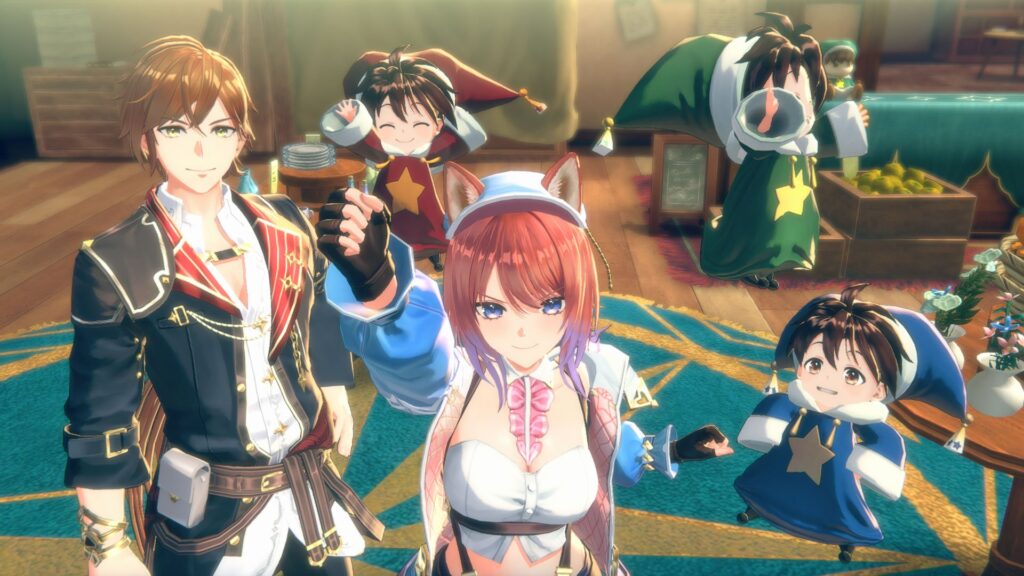After almost two decades with no new console game except rereleases, the Mana series has a new chance with Visions of Mana. Born from a partnership between Squre Enix and NetEase’s subsidiary Studio Ouka, the game is a great way to showcase what the lighthearted action RPG franchise has to offer.
The World of the Alms

Visions of Mana tells the story of Val, a young man hailing from the fire village of Tianeea. Ever since he was a kid, he has been dreaming of becoming a soul guard. This sacred duty will take him to travel the world alongside the similarly appointed alms.
Each village of the world has an alm, an individual chosen as a honorable representative for the elementals. It’s their duty to travel the world and reach the Mana Tree. There, they must give their souls to ensure mana will flow back and protect the future of their homes.
As such, the story starts when Val and his childhood friend Hinna leave the village as soulguard and alm. However, the world is already facing a dire crisis. Soon enough, it’ll be easy to see how atypical the situation is.
One important aspect of the story is how it explores the culture of each region. The villages all have unique traditions, and it’s interesting to see how they live their lives differently. It even leads to mindset differences for the people of each area.
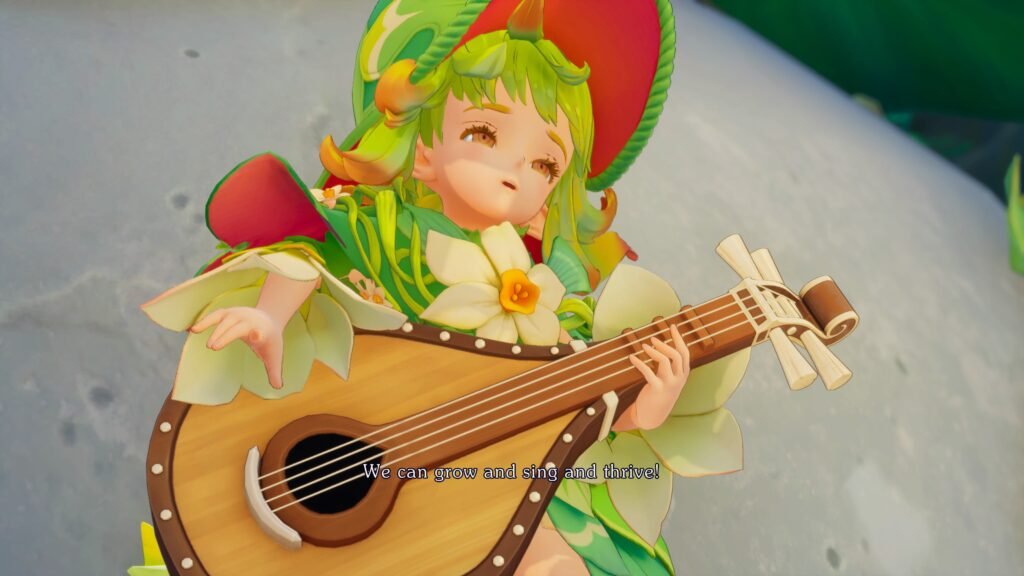
The story also explores the nuances of valuing tradition, critical thinking, and fighting for a better future than what’s set on stone. While the main plot may be seen as simple, it’s deeply human, with poignant moments, especially for Val and Hinna.
Honestly, one of the few issues I have with the game in the story department is the absence of a log feature. As much as we may recall events from the menu descriptions, it’s a shame that we can’t read things again if we miss some of the wording. A few story bits also move automatically in a slow pace and we can only watch or skip them.
Colors of the World
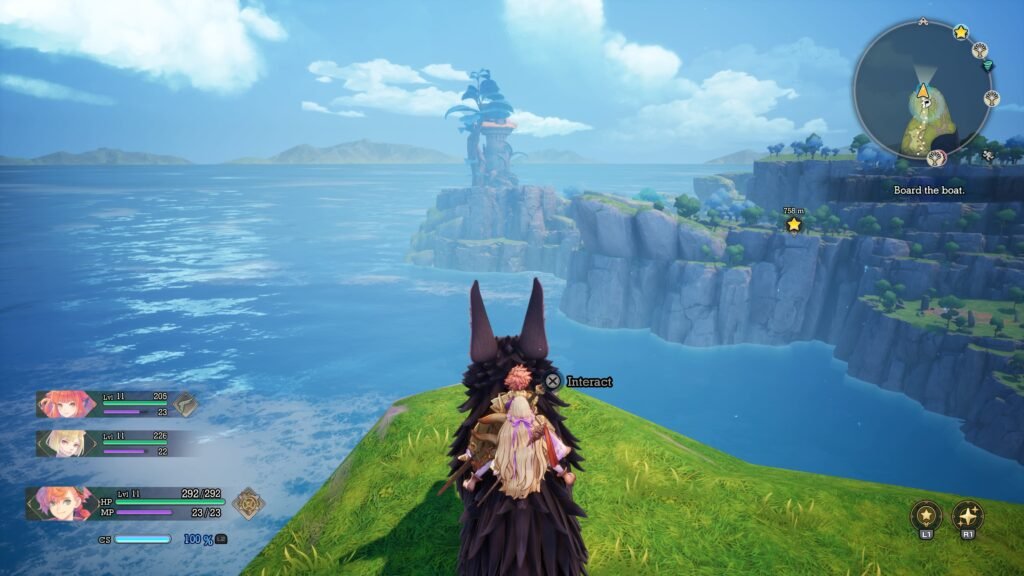
One of the strong suits of Visions of Mana is exploration. Because this is the first brand new game in the series to take full advantage of current gen console power, we now have a vast world. Not only are they big, but each area we visit features many things to do.
As each land is attuned to specific elementals, there are lands covered in lava and ice, forests and rivers. As we move through mountains or plains, we get to find various treasure chests, Grizzly Syrup to exchange for items, and stones called Elementites that grant points to unlock skills. We may also find a traveling Lil’ Cactus and get his diary pages along the way getting bonuses like store discounts.
After certain points of the story, we will also unlock traversal methods that allow us to move between areas in the water and sky or go faster thanks to a mount. Funnily, while the game offers fast travel, we’re limited to visiting areas in the same continent, so it’s necessary to use those.
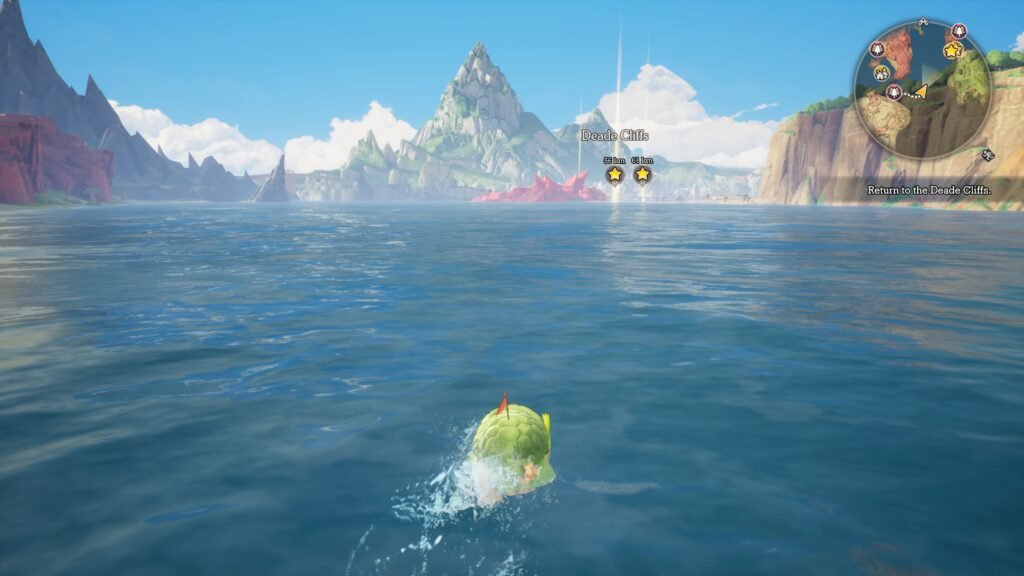
Unfortunately, exploration of the areas has some issues, such as not being able to properly gauge what we can access. For instance, when we’re moving in an area full of cliffs, there may be invisible walls around some of them but not others.
If it were done in a way that only areas over a certain height were inaccessible, it’d be easy to understand how it works. However, there doesn’t seem to be rhyme or reason for the limitations. The map may help sometimes but even this element may not properly distinguish some areas we can’t cross.
The Elemental Vessels

No matter which game in the Mana series you pick, elementals are a core part of the experience. These small fellows are also an important element of Visions of Mana, but it’s not only because of their role in the story.
As the story progresses, our party will get more alms and find items called “Elemental Vessels.” These powerful objects are imbued with the powers of fire, water, earth, wind, wood, light, darkness, and the moon. They’re important tools for traversal and combat.
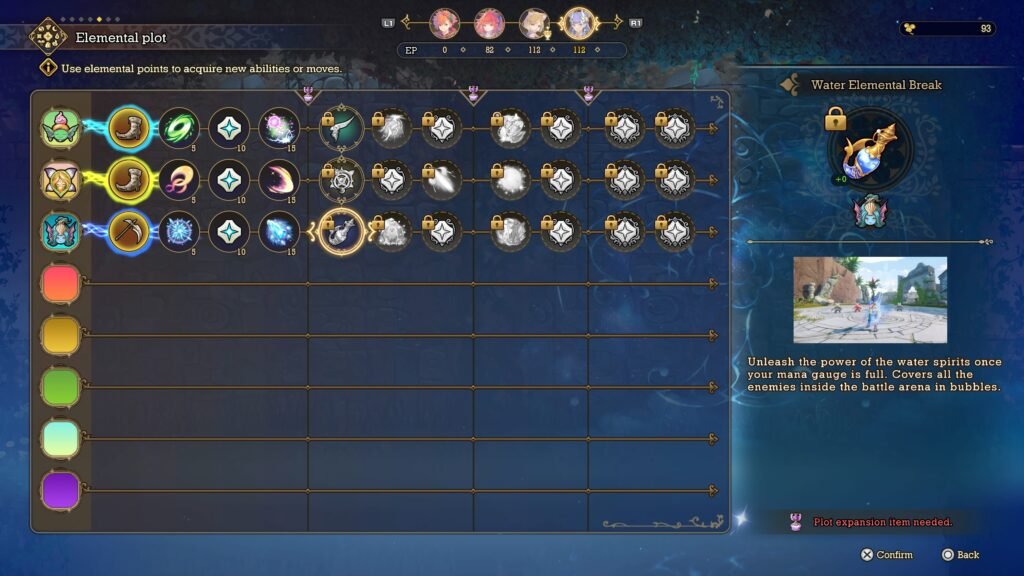
The first aspect of getting the vessels is that equipping those items allows us to unlock different classes. The system is reminiscent of Trials of Mana, but instead of permanent upgrades, they’re all about experimentation.
We may often change from a class to another as we see fit depending on the circumstances. Each class has different skills we may unlock with EP, an energy we obtain by leveling up or activating Elementites. Some enemies may be strong against an element or even completely null it, so changing things up can make a difference.
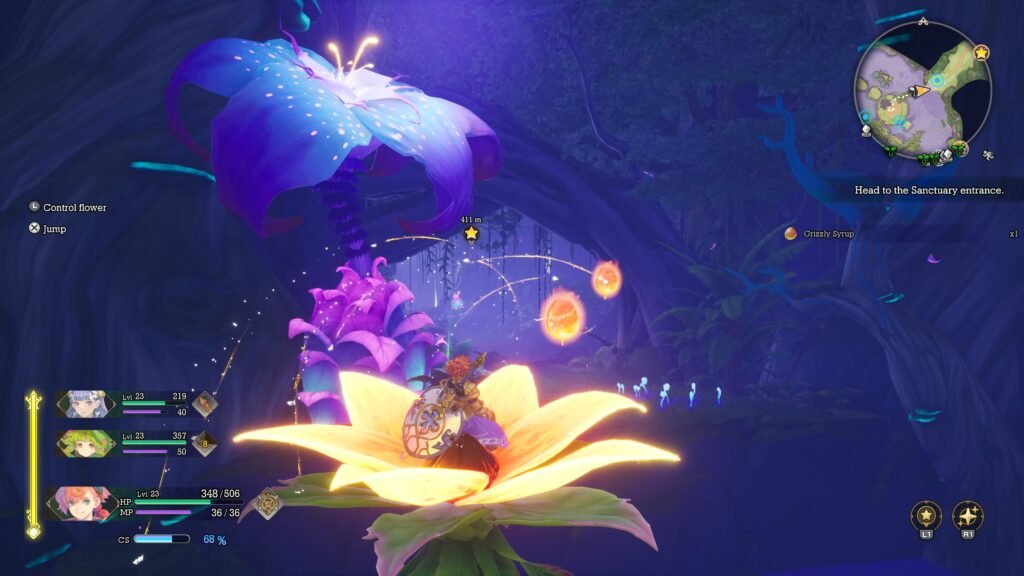
However, besides classes, the vessels will also impart special skills to the characters. By using the fire vessel, we’ll run around burning things in our wake. The light one will connect enemies, making it so multiple creatures take damage from a single hit. The moon vessel slows down time around an area, and the earth one creates timed barriers.
Beyond combat, they also have uses for traversal in Visions of Mana. For instance, we may use the gravity pull of Darkness to climb through a twisted library. The end result is very creative and helps differentiate areas through unique elements.
Into the Action
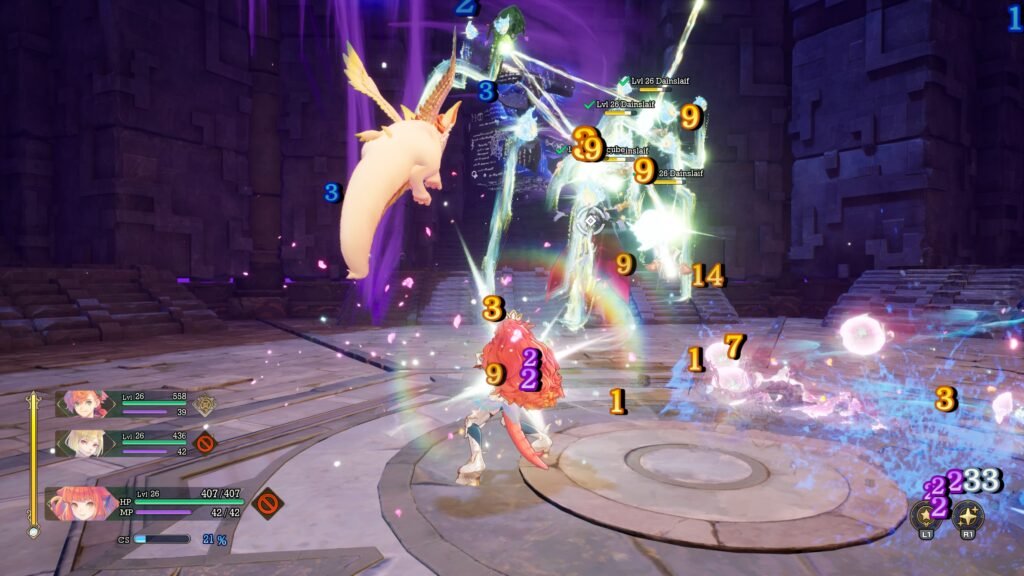
Visions of Mana is an action RPG. Whenever we find creatures in the wild, we can choose to go after them to initiate combat or to sneak past them. Once we draw attention to ourselves by getting too close or pressing an attack button, it’s time to face the creatures.
No matter which character and class we’re using at the moment, there are two basic attack buttons. Generally speaking, the combat will have us mix and match the two buttons, jumping and dashing to create specific combos. Sometimes holding the button or pressing the analog in a specific fashion will also change the output but that depends on which character and class we’re using.
There are at most three characters in our team and a guest ally that won’t take damage. We can alternate between the playable options at any time, change their artificial intelligence settings. We may also order them directly, asking them to perform a specific skill or use an item through the Ring Menu.
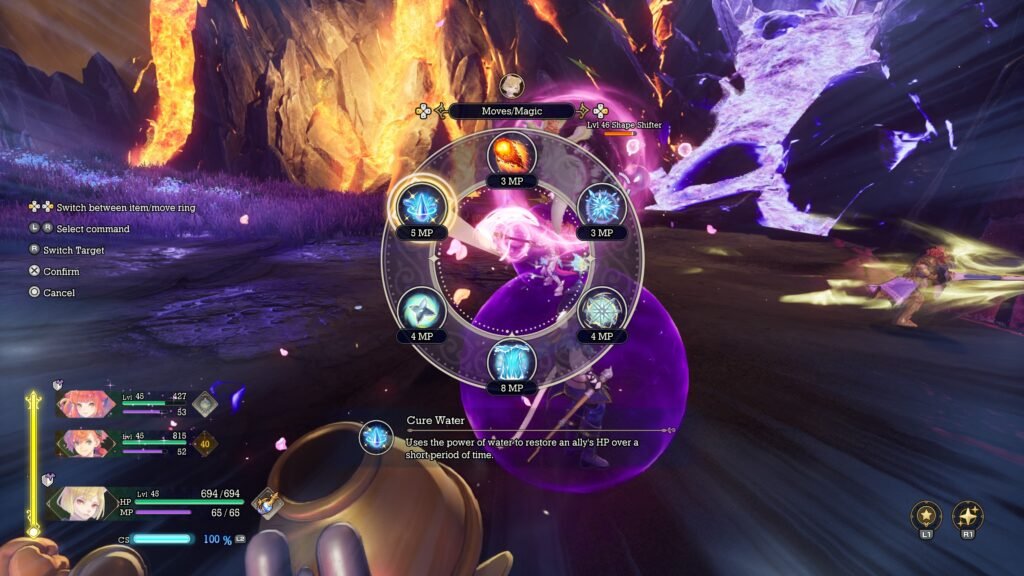
The Ring Menu is a traditional element of the series, offering quick, radial access to all options in it unlike the usual list one. We can pick any skills or some consumable items that are assigned to the menu. There are also shortcuts to quickly activate them without pausing the battle instead.
In Visions of Mana, we can also have characters equip seeds that unlock extra skills. With this, even characters focused strictly on attack may heal allies, for instance. This system can also be explored to unlock passive benefits, like extra attack or defense or immunity to specific status effects.
Broken Tempo
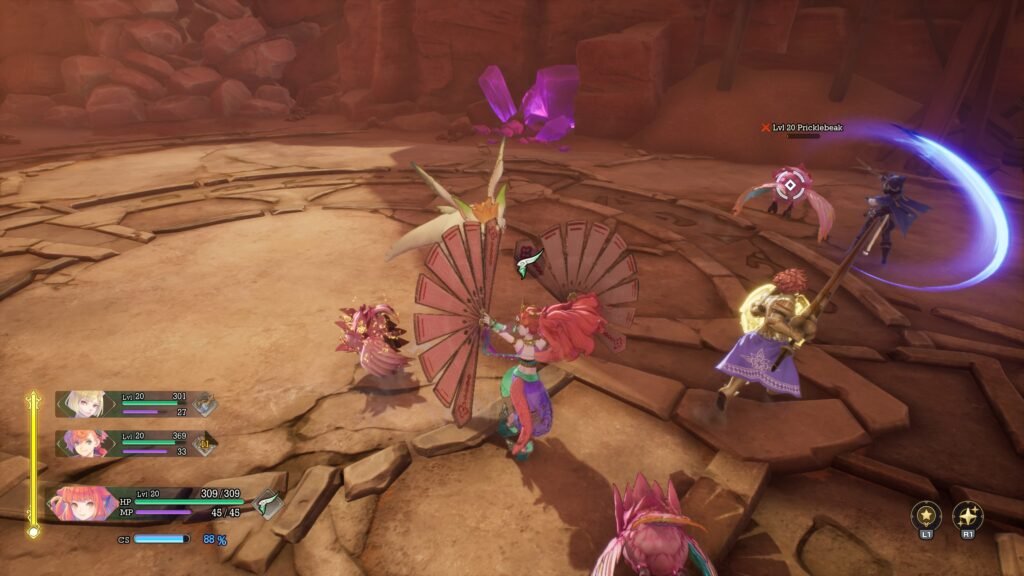
When facing the garden variety of enemies, our attacks may often stun them and push them around. This increased distance means that we need to often gauge if it’s time to dash to reach them and continue our assault.
Meanwhile, bosses may have weaknesses at specific body parts but our lock doesn’t mean attacks will auto-target them. Instead, only the camera angle changes, so it can often be frustrating to try to focus on some specific targets.
At the same time, input in Visions of Mana isn’t strictly real time, as there’s a slight delay thanks to animations. Dash will cancel it and lead us back on track but this holds the experience back sometimes when compared to some other action RPGs.
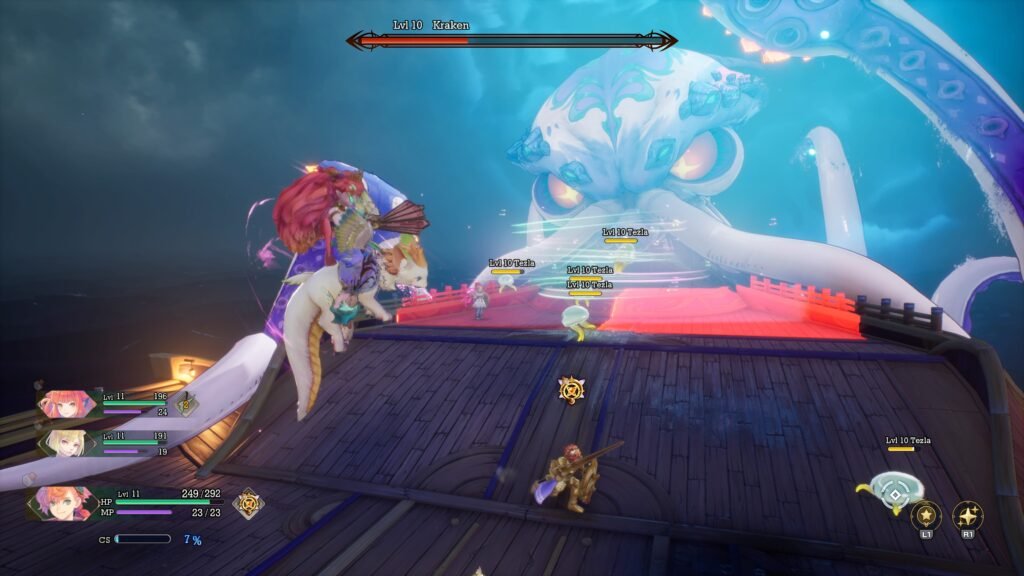
Another issue is that camera angles may complicate things unnecessarily. One particular case of this is when locking into an enemy that is not visible at that time. Instead of moving the camera in their direction, the game may do the exact opposite, making it much harder to attack.
Finally, battle auras aren’t clear enough and may sometimes look too similar to distinguish. It’s hard to distinguish a Water Vessel bubble from a water shield or other effects.
These aspects hinder combat back but mastering the timing and understanding how to connect the attacks is a rewarding process. As such, overall, this is still worth the effort but it’s a shame to not see a more polished system.
Visual Brilliance
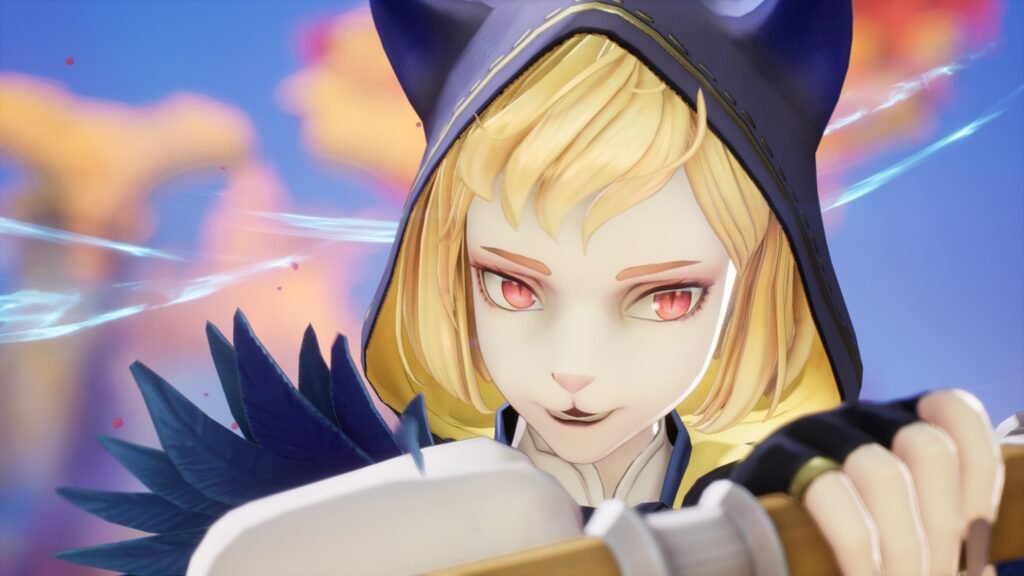
Besides all I mentioned above, it’s important to mention how beautiful the whole experience is. One of the big aspects of Visions of Mana is giving the series a chance to finally give form to its vibrant world in a 3D world made for the current generation.
There’s no doubt that the game has some of the most colorful and detailed models in the franchise. Along with all the elements we get to explore, this helps create a beautiful world, full of vistas we can marvel about.
It’s especially striking when we finally get to the Sanctuary of Mana and see many elements fans will be familiar with. There’s no denying how powerful it is to evoke the feeling of seeing it all in motion, and the art direction does a great job at valuing the world’s grandeur.
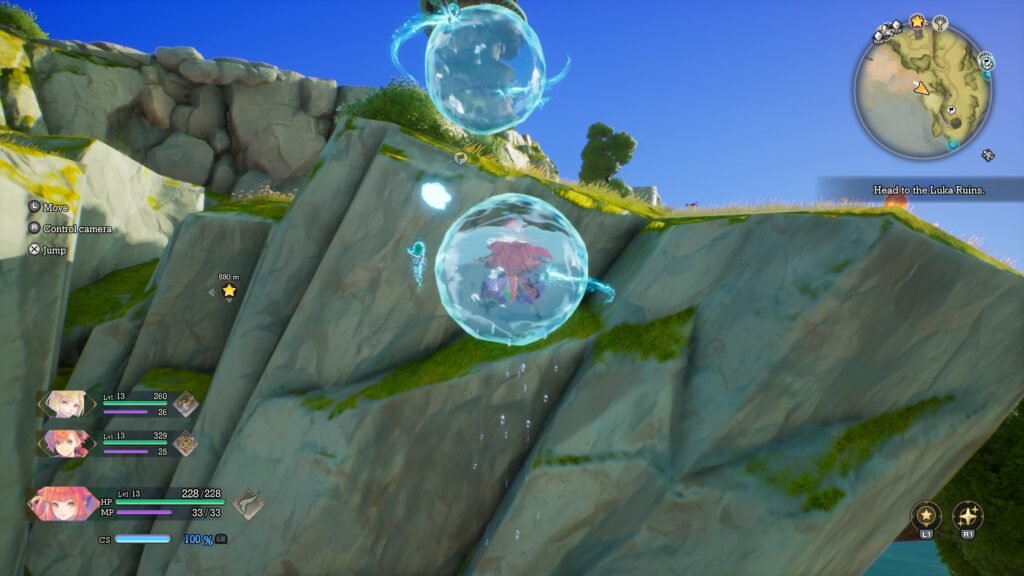
The soundtrack in Visions of Mana also helps make things more emotional. Composers Hiroki Kikuta, Tsuyoshi Sekito, and Ryo Yamazaki managed to create many tracks, and all of them help paint a vibrant, energetic experience.
While it’s not hard to argue it doesn’t best some of the previous ones in the series, they’re very atmospheric, with special attention to the dramatic ones. The instrumentation in all of them is key to making areas and specific moments of the game stand out.
Reminder of a Titanic Legacy
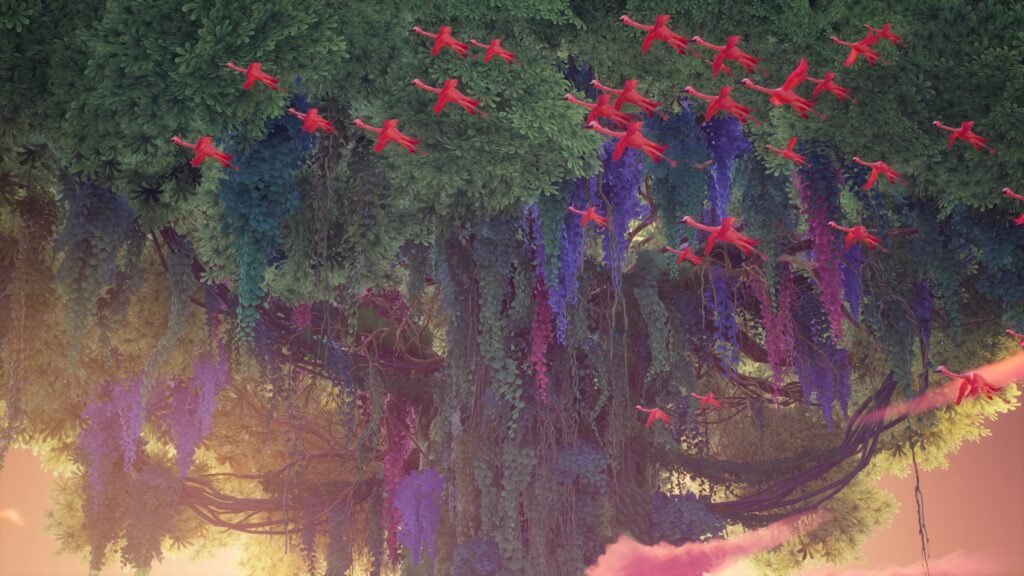
Visions of Mana is a great new entry into a long dormant series. Its combination of simple, heartfelt story and compelling action combat with elementals at its core is a great reminder of the strong suits of the franchise.
It’s a shame that the developers, Ouka Studios, is reportedly being shut down by its parent company NetEase considering their competent job here. Despite that, I hope Square Enix doubles down on solidifying the Mana series’ presence with even more entries in the near future.
Joys
- A beautiful world filled with many things to explore
- Good variety of characters, skills and classes to use in battle
- The elemental vessels offer interesting skills for traversal and combat
- A simple but heartfelt story
Cons
- Exploration has unnatural barriers and a few map issues
- Slightly sluggish animations and moves that don’t flow well into others due to distance issues break the combat dynamic at times
- Camera issues complicate battles
- It’s hard to distinguish the aura effects in battle
- Absence of a log feature can complicate the reading unnecessarily
